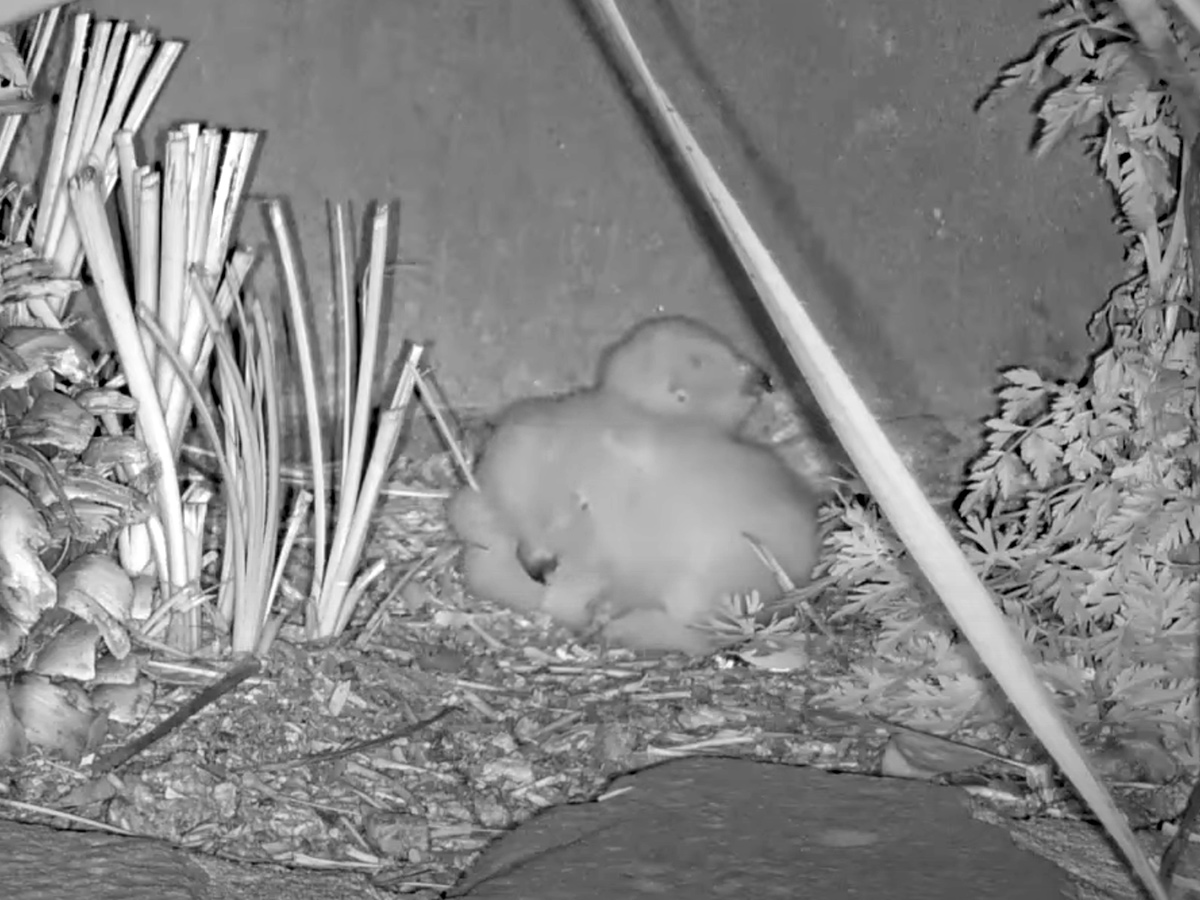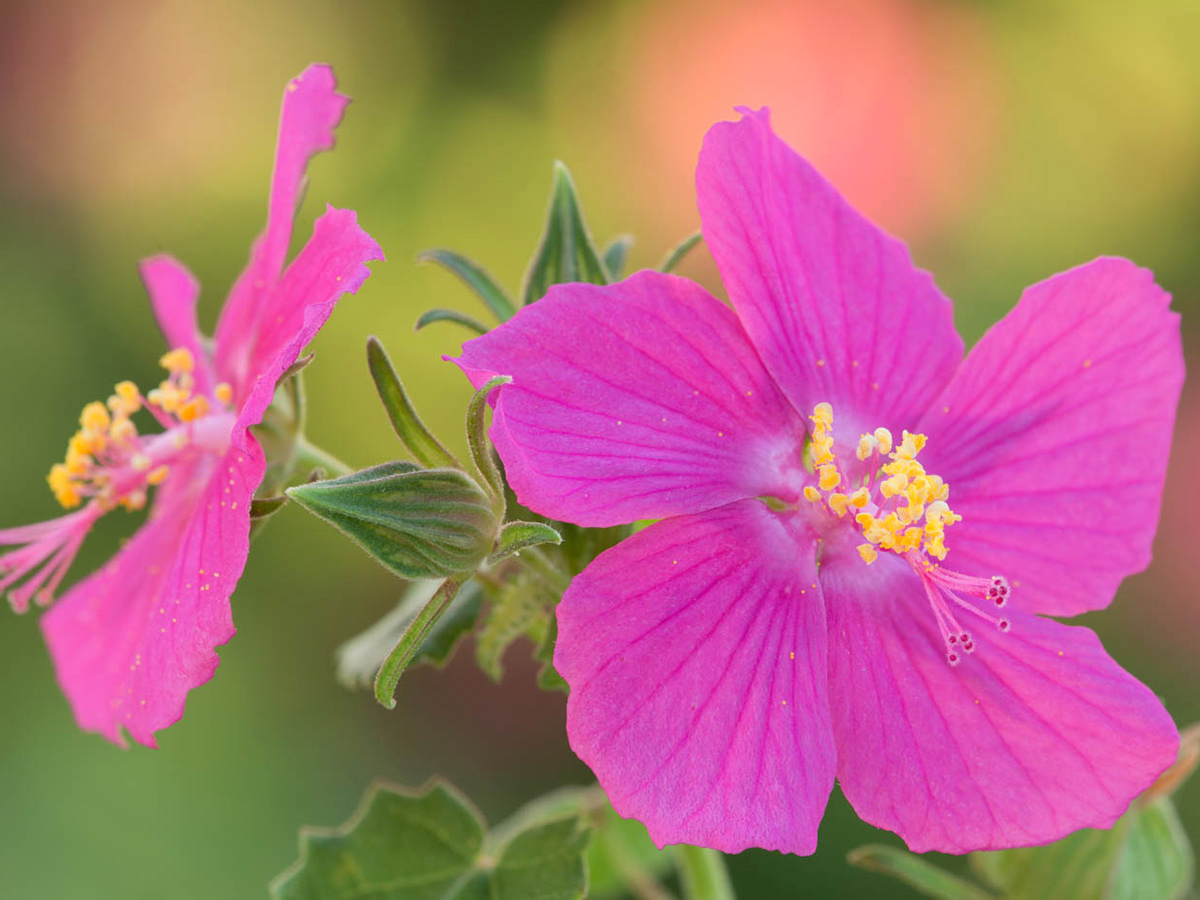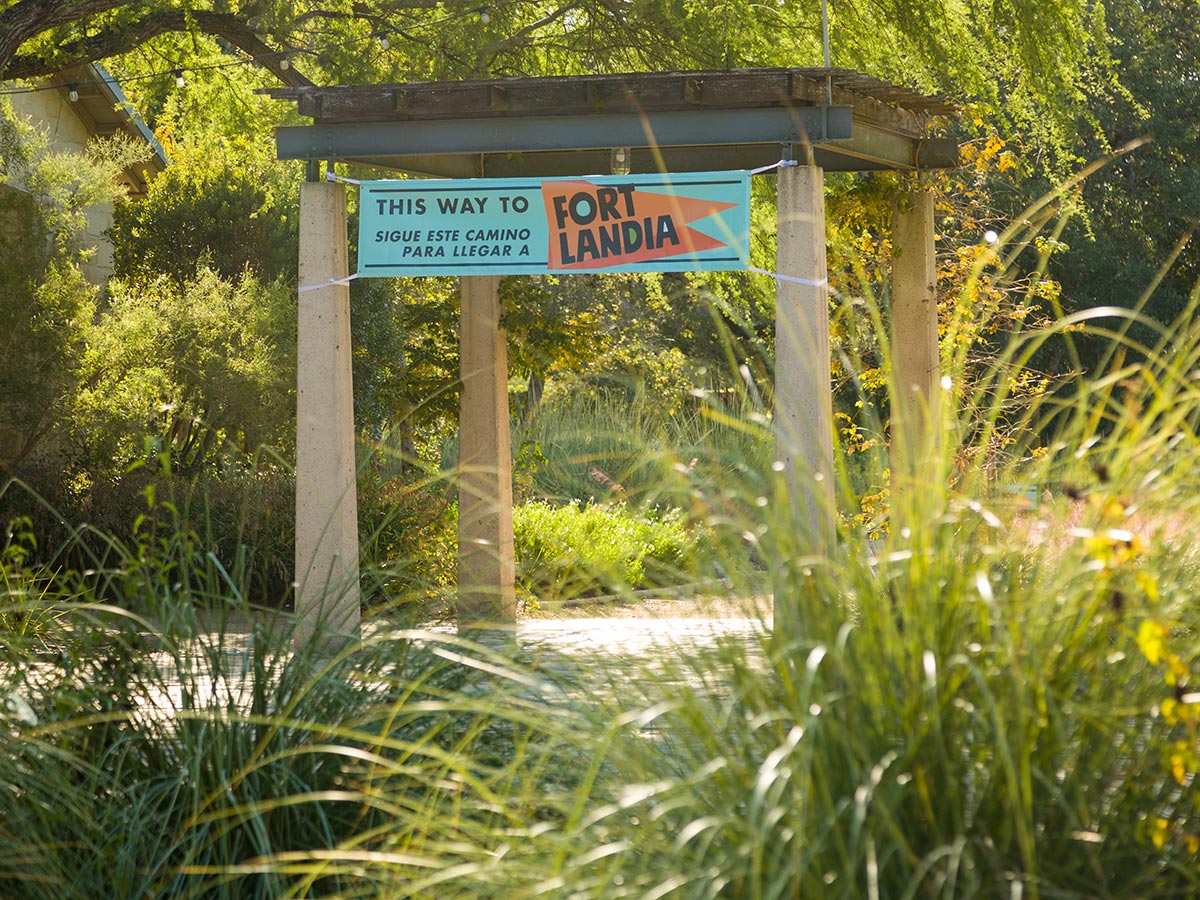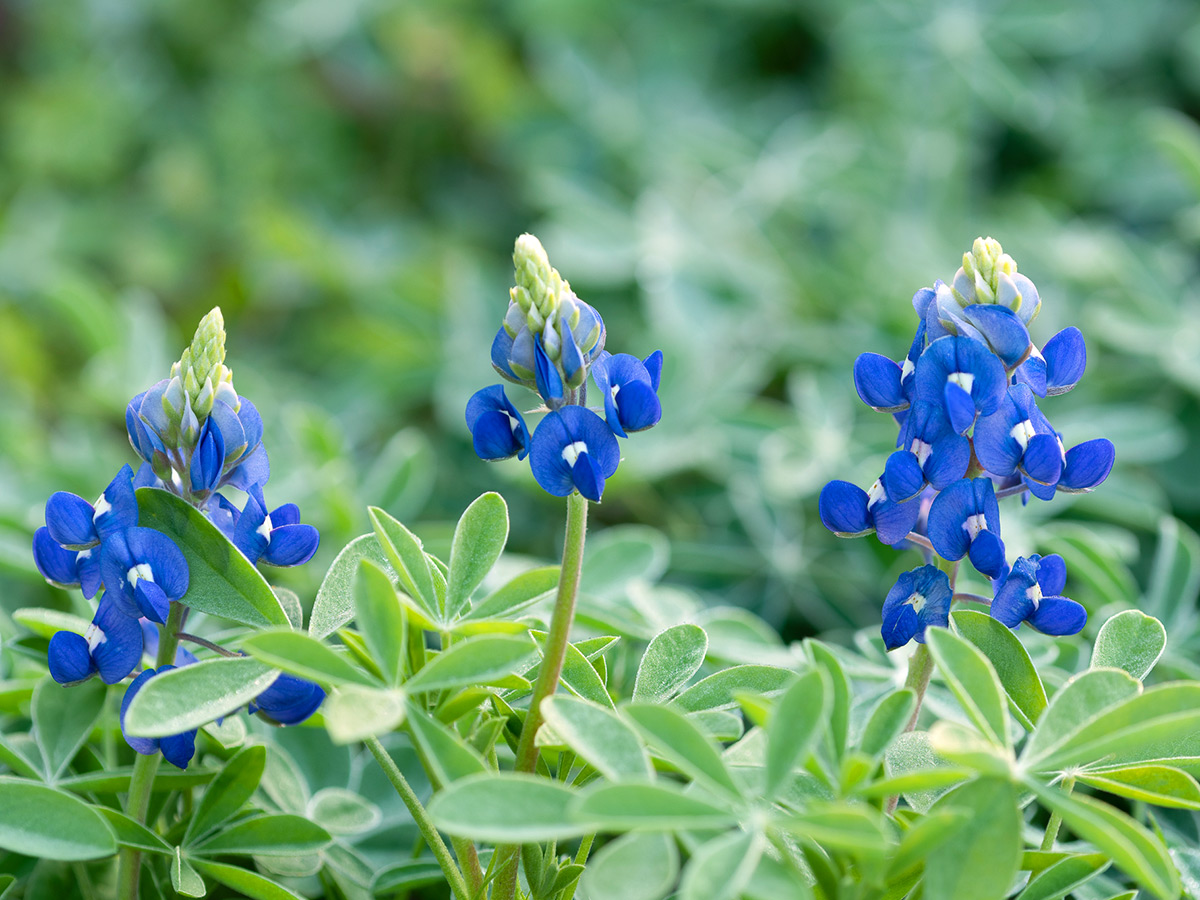PRESSROOM
Wildflower Center Launches New Study on Green Roof Building
The Lady Bird Johnson Wildflower Center announces a new research study on green vegetative roofs and a pilot project to design and install one of the first commercial green roofs in Austin.
With an initial grant of $20,000 from Roof Consultants Institute Foundation, the Wildflower Center is installing 21 test rooftops on a research plot adjacent to the Center’s Restoration Research Trail. Each test roof features a five-foot by six-foot green or conventional roof assembly that is three feet off the ground. Visitors will be able to view the green roof study from the Restoration Research Trail.
During this three-to five-year research study the Wildflower Center will determine which native plants work best for green roof projects in Texas. While other green roof projects have used non-native plants, this is the first study of its kind to test native plants for green roofs in a sub-tropical environment like Austin. An initial list of 21 test plants includes: damianita, Indian blanket, black-foot daisy, sideoats grama, Texas sedge, and red flowered yucca.
The study also focuses on testing the key elements that could influence green roof design. Wildflower Center ecologists hope to determine a roof’s ability to retain water that sustains plant life without retaining excessive water that would make the roof system too heavy.
The first application of this study will be the installation of approximately 8,000 square feet of green roof on a new Starbucks building at the corner of Loop 1 and Slaughter Lane in South Austin. The Wildflower Center has contracted with Stratus Properties to design and install this green roof system in September 2005.
The Wildflower Center is seeking additional funding in order to better understand the benefits of green roofs including: insulating benefits, water run-off reduction, improving water quality, and reducing the heat island effect.
Visitors are invited to view the green roof study on Sunday, April 24 from 1 p.m to 4 p.m. During Earth Day weekend, Austin-area green building experts will discuss new ideas and technologies in the sustainable building and green roof movements. Visitors will learn what techniques can be used at home. Walks and talks are free with admission.
Benefits Of Green Roofs
Reduction of heat island effect – Heat island effect is the difference in temperature between urban areas and the surrounding countryside. Heat island effect is created when a lack of vegetation exists and many reflective surfaces in urban areas absorb heat. Green roofs can play an important role in cooling and shading urban areas. Various national and international studies have shown that green roofs can be up to 80 degrees cooler than adjacent buildings with traditional roofs.
Reduction of storm water and pollutants – Green roofs retain and filter storm water. Vegetation and other layers within the green roof act as a filter and can improve the quality of the rainwater runoff. Green roofs also help air quality by filtering pollutants from the air while adding oxygen to our urban environments.
Increase energy efficiency of building – The cooling and shading properties of a green roof can decrease the amount of heat flowing into a building and can significantly reduce air conditioning requirements.
Lengthen lifespan of the roof – Plants and other layers within the green roof assembly help protect the roof membrane from extreme temperatures, hailstones, foot-traffic, and direct sunlight. This can prolong the life expectancy of the roof. The initial cost of installing a green roof, which is higher than traditional roof systems, can be partially off-set by reduced roof replacement costs in the long term.
Resources for information on green roofs
- www.greenroofs.com – general information and resource material
- www.hrt.msu.edu/greenroof – Michigan State green roof research
- www.greenroofs.org – Canadian site
- www.livingroofs.org – United Kingdom green roof site
- www.edcmag.com – Environmental Design and Construction magazine
- www.cityofchicago.org – City of Chicago, Department of Planning and Development






